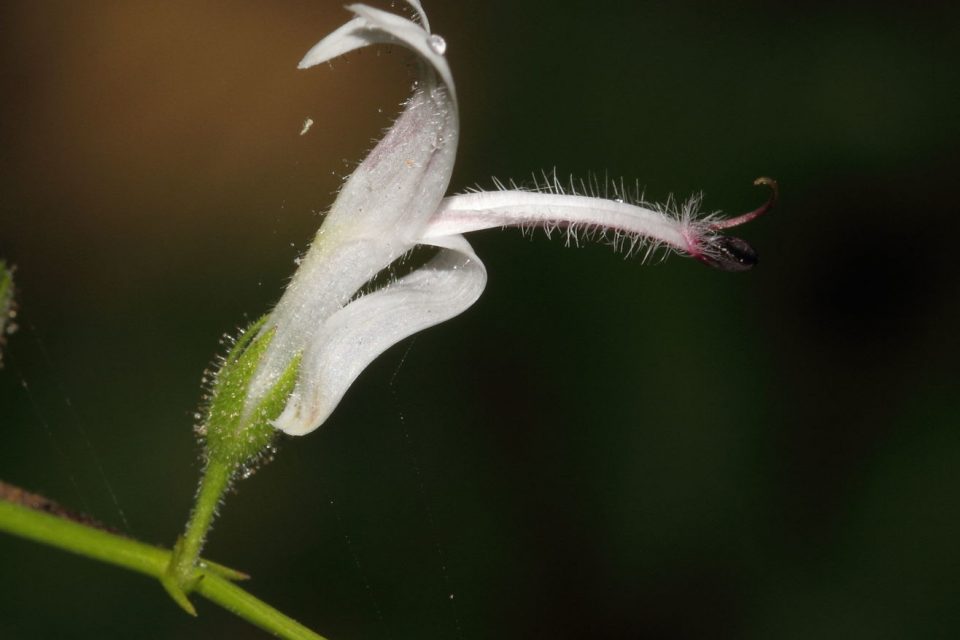
How to Use Andrographis For Health Benefits
When it comes to preventative health care and holistic remedies, plants continue to shape our perspective on surviving and thriving. Through millennia, our scientific understanding of medicine and treatment has made wild leaps and bounds.
All progress is deeply rooted in the understanding of plant life around us and how we can collaborate with the natural resources within a given landscape. Even in an era of human history that moves at high speed, and when the majority of earth’s human population lives in urban areas, this is still the case for many of us.
For curious and beginning herbalists, there are popular herbs that come up again and again – ginger for nausea, lemon balm for anxiety, willow bark for a headache, dandelion for lunch. So often, the plants we’ve known since childhood and often regard as weeds offer nutritional, physical, and mental support.
But as you continue learning, the names of plant remedies and holistic approaches might become less familiar. That’s okay – it’s an exciting part of learning how to be proactive about your own health with the help of plants.
There’s no need for scientific and botanical delineations to be intimidating as long as you take the time to research, identify, respect, and learn in your approach.
Without further ado: meet Andrographis. It’s not a plant you encounter every day unless you live in particular areas of the continent of Asia or are well-versed in herbal medicine. Still, this plant can support you with health benefits. Let’s dig in.

[Image courtesy of user H. Zell on Wikipedia Commons]
Get to Know Andrographis
Andrographis is native to South Asian geographies, particularly in the countries of Sri Lanka and India, where the roots and leaves have been used in traditional medicine. The plant grows as an erect herb to a height of 42 inches. It does well in moist, shady soil.
The plant’s stem is dark green and its leaves are lance-shaped. In bloom, Andrographis displays pink flowers – usually between the months of September through December.
Today, the plant can be found widely cultivated in many countries in Asia. It can flourish in a variety of landscapes including coastlines, hillsides, and disturbed areas along roads. This plant is commonly referred to in idea as kalmegh.
Health Benefits
As is often the case with herbal folk remedies, there is a long and diverse history of uses and beliefs. Science, and reputable studies, often lag behind the folk knowledge or contradict it. In the case of Andrographis, people use this plant to treat the common cold, infection of the throat, osteoporosis, and inflammatory bowel disease to name just a few examples.
Some theorize that the plant is able to provide support in this way by stimulating the immune system. Again, we need further study to substantiate these claims.
Andrographis is especially revered in the Ayurvedic tradition – one of the world’s oldest recorded holistic approaches to health, originating in India over three thousand years ago.
In this tradition, people refer to the plant as the “King of Bitters” where it is used as a tonic to promote digestion, appetite, and regularity. According to the Sichuan Traditional Medicine Research Institute, Andrographis can provide “acute support to the immune system” particularly in regard to temperature regulation.
How To Use It
Studies suggest that ingesting appropriate amounts of Andrographis is most likely safe for up to twelve months. A quick google search will lead you to a variety of sites where you can purchase the supplement. You can also check with your local natural food store or co-op. Shops often sell it as a supplement or tincture.
As it is now a popular cultivar all over the world, you should use extreme caution when planting and harvesting the herb for medicinal consumption. Only use Andrographis in close consultation with a trained professional in Ayurvedic or other holistic health practices.
Sometimes, it’s important to let the experts do their work so you don’t end up compromising your health when you meant to strengthen it.
Side Effects
For people with auto-immune diseases, Andrographis could be a dangerous supplement to experiment with. Because we suspect that the plant stimulates the immune system, this could trigger symptoms of particular auto-immune diseases. This could be the case for people living with Multiple Sclerosis, Lupus, and Rheumatoid Arthritis.
Andrographis might also slow blood clotting and lower blood pressure. This could be dangerous depending on your pre-existing health condition. Again, it’s always best to consult with a trusted physician.

[Image courtesy of Wikipedia Commons user Viswaprabha]
Plants Are One Answer, But Not Always The Cure
As is so often the case with information on internet platforms, you can’t always trust what you read. While researching Andrographis, I can across numerous articles and anecdotes claiming that this plant cures cancer.
There are plenty of exciting discoveries going on at the moment, but in regard to Andrographis, this is not supported by scientific study. Furthermore, spreading this sort of disinformation can be dangerous and detrimental for people trying to navigate difficult and possibly terminal diagnoses.
It’s true – plants have so much to teach us. They provide so much to our bodies and minds in the way of holistic health. It is an exciting thing to learn about and put into practice in our own lives. It is also important to approach this type of learning with both curiosity and caution.
Dig into the sources that make wild claims about what’s possible with certain plants. Trust your own inner-detective (and your physician!) when deciding what’s best for you and your body.
Have you used Andrographis in your home-health practices? Have you experienced some of the health benefits attributed to this plant? Let us know in the comments.
—–
Like what you read? Subscribe to our newsletter for engaging articles, exclusive content, and the latest updates.
Check us out on EarthSnap, a free app brought to you by Eric Ralls and Earth.com.
—–












